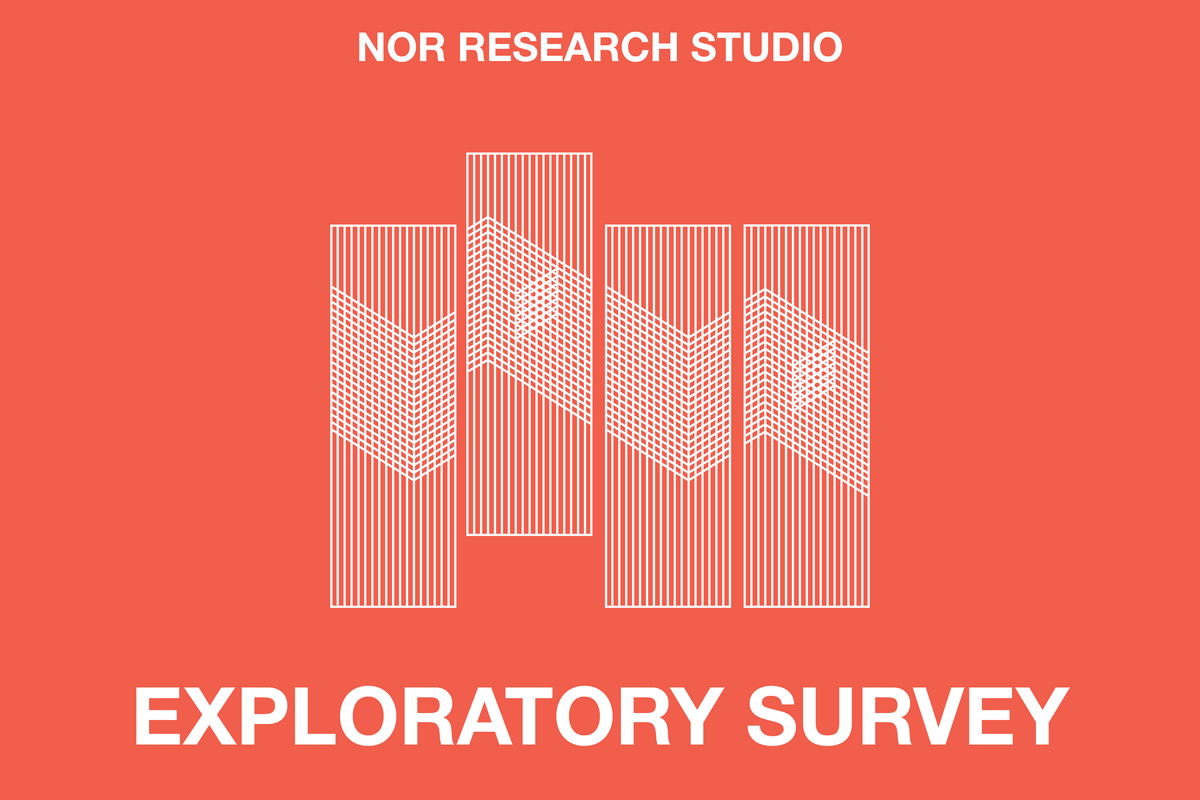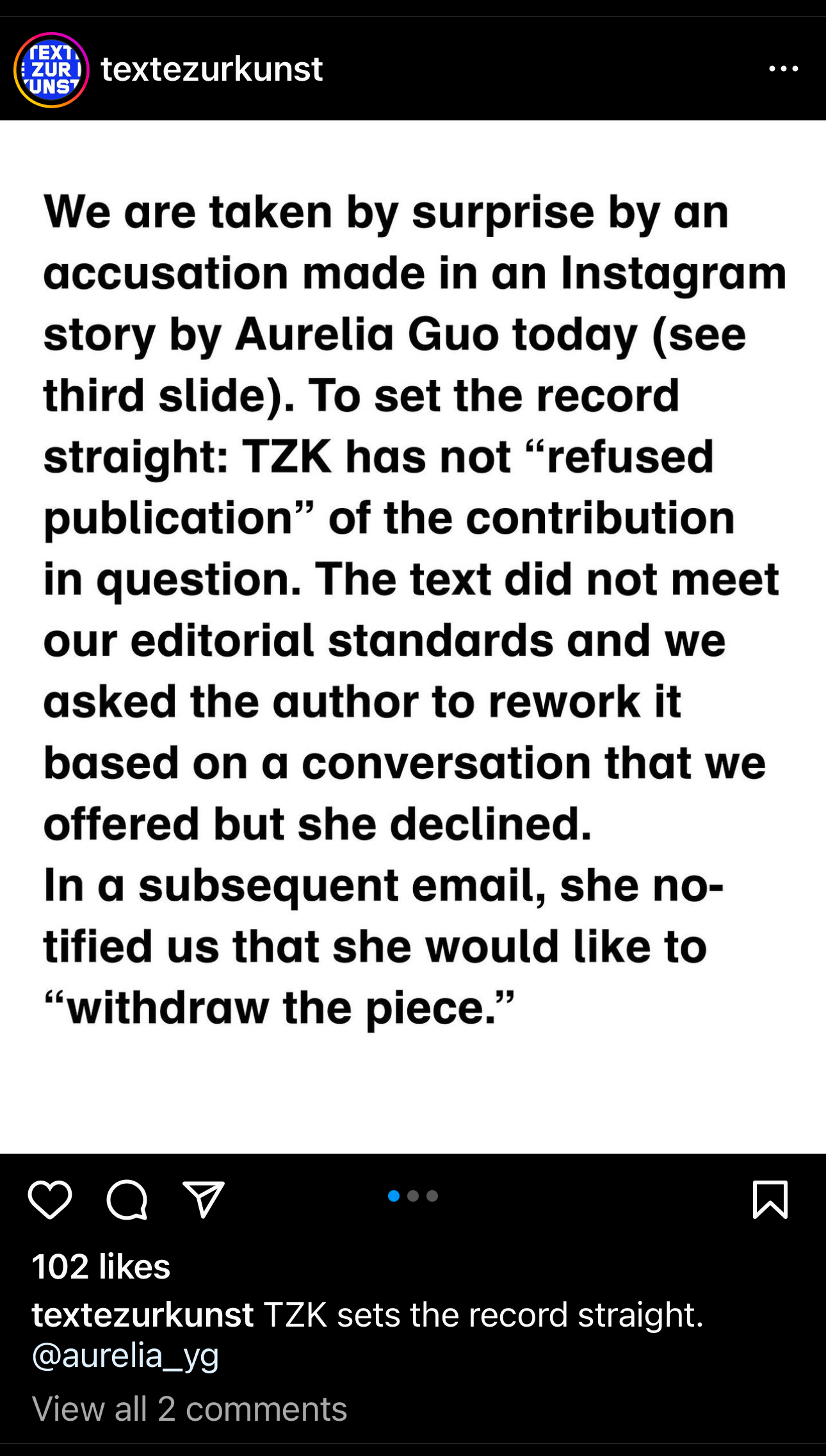LIFE AFTER LIFE

028 — Eclipse season causes turbulent astrological weather. Choosing that path of optimal resistance. The state of art criticism.
DISPASSION is a newsletter about art, digital media, and emotional detachment produced by NOR RESEARCH STUDIO.
QUICKIES
UNPUBLISHABLE
We have a new column in the works. Exclusively for readers with SUPPORTER subscription packages, UNPUBLISHABLE will feature all the takes we know would ruffle feathers. We’ll be publishing the first article in the series later this month, so don’t forget to update your subscription for access.
STAY TUNED
We’ll be announcing a new workshop series in the near future. This time, we’re investigating digital publications and how artists use documentation to create sleek, informative, and mobile portfolios. In the meantime, we’ve made it even easier to attend our discounted Thursday clinics, which are now being offered as open group sessions.
More information about events and workshops
THE BLACK PILL II
Last month, we hosted a writing workshop with Los Angeles Performance Practice where we deconstructed bios and artist statements. We’re offering another version of the class over Zoom later this month. This time we’re digging straight into the writing samples.
EXPLORATORY SURVEY
In the wake of NAVEL’s collapse and the evaporation of the programming we organized there, we’re asking readers to consider filling out this 5-minute exploratory survey. We want to know what we’re doing well, what we can do better, and what new resources we should add to our offerings.
Take the survey
DISPASSION NOW REQUIRES A SUBSCRIPTION
A quick note about why we’re updating our subscription model.
Since NOR RESEARCH STUDIO launched our newsletter DISPASSION in early 2022, we’ve made it optional to pay for the written content we produce. During that time, we’ve published interviews, critiques, essays, close examinations of exploitative residency programs, musings about the art of practice, and even sample grant applications. As we look to increase the number, frequency, contributors to, and usefulness of our published materials, we’ll be placing our archive and future posts behind a paywall.
Yes, money is a driving factor, but DISPASSION was never meant to circulate for free indefinitely. The newsletter is our primary vehicle for introducing our work and conducting experiments, so it makes sense to place our time and attention there. As part of our investigations into intellectual property, we also want a mechanism that can scale our programs, quantify their value, and document those processes. Either way, that growth will require more resources.
A FOCUS ON EXPERIMENTS
The idea behind starting our newsletter was to experiment with a form of writing that didn’t require a codependent relationship with an existing publication — especially one which could become politically compromised or collapse due to financial mismanagement. It was also an opportunity to address the topics we research without passing them through a sieve that would gut their best insights about power and influence.
By offering our work in progress, we wanted DISPASSION to serve as a model for other independent creatives and thinkers who sorely need more vehicles for financially supporting their work. If the conversations we had in the wake of NAVEL’s shuttering are any indication, the funding pipelines of yore will shortly take unrecognizable forms — at least for those who don’t already have access.
Money and funding models aside, the real motivator for this change is a deeper desire to selfishly focus on what we can develop if we made the same asks as our peers and competitors. In our view, there are fewer and fewer outlets where you can find quality art criticism, and even fewer that take the economic conditions at the heart of the art market seriously. That’s why we wanted to produce writing that went a separate, worker-oriented direction and adopted a skeptical approach in the first place. Plus, if it paid to write reviews, we wouldn’t be here.
THE VIEW FROM UP THERE
Within the last few months, publications like Artforum, Texte zur Kunst, and X-TRA have had notable — if not tragicomic — shake ups that in some cases ended with boycotts and closures. We mention these outlets not because we want to emulate them but because they have been so emphatically milquetoast. Or worse, in the case of Texte zur Kunst, so self-obsessed that they attacked contributors on Instagram who critiqued them.

For all the aspiration toward getting on its masthead, Artforum remains mostly ads and the indecipherable blocks of text from theorists like Hal Foster and Benjamin Buchloh. (Cannot relate to the comeuppance story of this long-time contractor who decided the Israel-Hamas skirmishes of 2024 were his time to ascend the editorial throne.) Texte zur Kunst, which in 2020 dedicated an entire issue to “Anti-Anti-Semitism,” is a German propaganda machine that gives scholars like Isabelle Graw, its founder and sole publisher, undue legitimacy. (I have most of her books, all underwhelming and poorly edited.) X-TRA’s financial model didn’t make sense — and for the only Los Angeles art publication to receive funding from the Andy Warhol Foundation for at least a decade, it makes you wonder if we’re all experiencing the same gatekeepers.
Of course, as our colleague Ajani Brannum wrote in their newsletter last week, there is also the exhaustion with these power games. There are also the numerous pieces of extraordinary writing that made it into these publications even with all the window dressing blocking the way. But at what cost and through what exchange of social capital? More importantly, does any of this drivel about criticism, theory, art, and aesthetic matter if we’re collectively being driven into economic submission?
That is the question that DISPASSION hopes to take up.
We also hope to explicate the unspoken rules about comporting oneself as an independent worker. To identify as a worker and request adequate compensation in this economy is a radical political act. In the arts, to identify as a worker, request adequate compensation, and present work as an artist — even with institutional receipts — is heresy. As inclined toward heresy, political dialogue, and a functional arts economy as we are, it makes sense for us to tread in this direction.
We encourage you to do so as well.
Sincerely,
Wyatt Coday, Research Director
NOR RESEARCH STUDIO
— AFTERS —
NOR RESEARCH STUDIO PROGRAMMING
← Forthcoming workshops and events
RESOURCES
← Rhizome Net Anthology
← Filip Magazine
← Holo Magazine
← The Content Technologist on Productization and Templates
← Hyperallergic Opportunities Listings
← Creative Capital Opportunities Listings
JOB LISTINGS
← Arts for Los Angeles Job Listing
← New York Foundation for the Arts Job Listing
— FIN —
WYATT CODAY is intersex and autistic. She lives between Los Angeles and Chicago, where she is a practicing financial dominatrix. She is the director of NOR RESEARCH STUDIO.
NOR RESEARCH STUDIO is a design research studio that develops didactic media, exhibitions, publications, and other forms of intellectual property for artists, nonprofits, and creative businesses.

